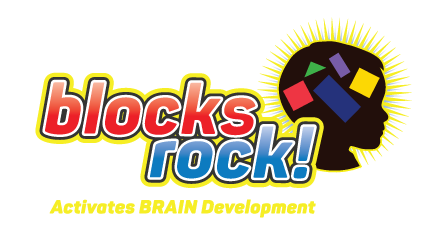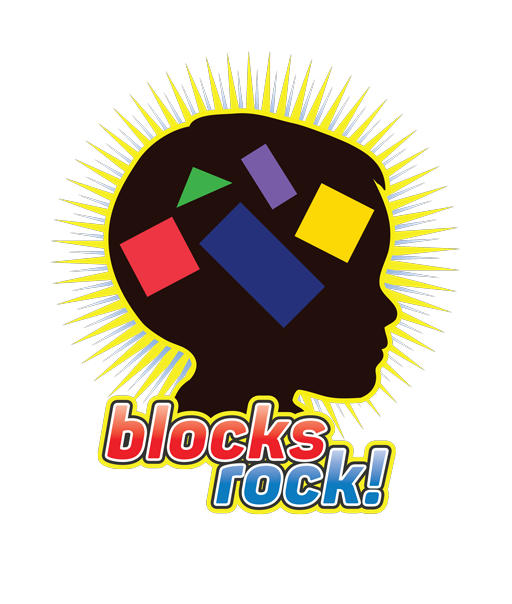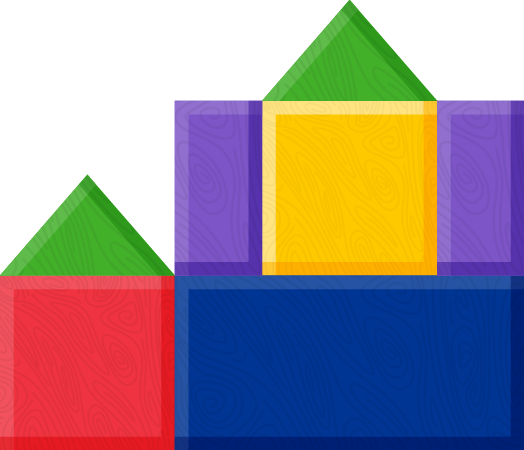This fall, we’re focusing on helping you create a culture of adventurous learning in your homes, classrooms, day-cares, or wherever you help kids grow! What is a culture of adventurous learning? It’s a movement to encourage kids to learn beyond the typical homework and lesson setting and inspire them to gain knowledge through adventurous, fun lessons.
One way to create a culture of adventurous learning is to add more physical activity into children’s daily routines. While you’ve heard the benefits of physical activity for people of all ages, did you know that physical movement has been shown to have scientifically proven impacts on academic performance?
Benefits of Physical Activity
Adding more opportunities for physical activity, whether it’s exercise, sports, or just moving around the classroom or your house, can create proven benefits. Just read through these findings from an Active Living Research brief to learn more:
Regular participation in physical activity has academic performance benefits.
Single sessions of physical activity can enhance attention and memory.
The effects of physical activity on brain health may explain improvements in academic performance.
If you want to learn how they proved each of these points with multiple research studies, click here.
These studies looked at both the short-term and long-term effects of physical activity on learning performance and brain development, and found that it was beneficial in both instances. So, what can you do to add more activity to your child’s day?
Activity in the Classroom
The American Heart Association has ideas that can help you create an active classroom, such as:
Chair aerobics
Letting kids dance during certain breaks in the day
Having 5 minutes of walking around the classroom before any test
Leading kids in stretching sequences
To read about more ideas and the instructions for implementing them, click here to learn more.
Activity at Home
Once home, children should be encouraged to continue their activity! We have a short list of ways you can incorporate physical activity into your child’s time at home:
Find time to exercise as a family, like going for a pre- or post-dinner walk or taking the dog for a walk at the same time every evening
Make outdoor yard work fun for everyone by bringing your children out to help with gardening or other suitable tasks
Incorporate hands-on games, like Blocks Rock!, for an active and engaging end to the night.
There are plenty of other ways to create fun physical activities for the children in your life - the important part is making a commitment to do it!
More Information on New Child Development Research
If you’re always looking for new information on child brain development research, check out our latest Child Brain Development Research Summary blog post!
Research
Active Living Research:
http://activelivingresearch.org/sites/default/files/ALR_Brief_ActiveEducation_Jan2015.pdf
In-School Activity:
https://www.heart.org/idc/groups/heart-public/@wcm/@fc/documents/downloadable/ucm_455767.pdf
Fun Fitness Activities for Kids:
http://www.phecanada.ca/sites/default/files/fun_fitness_activities_for_kids.pdf


